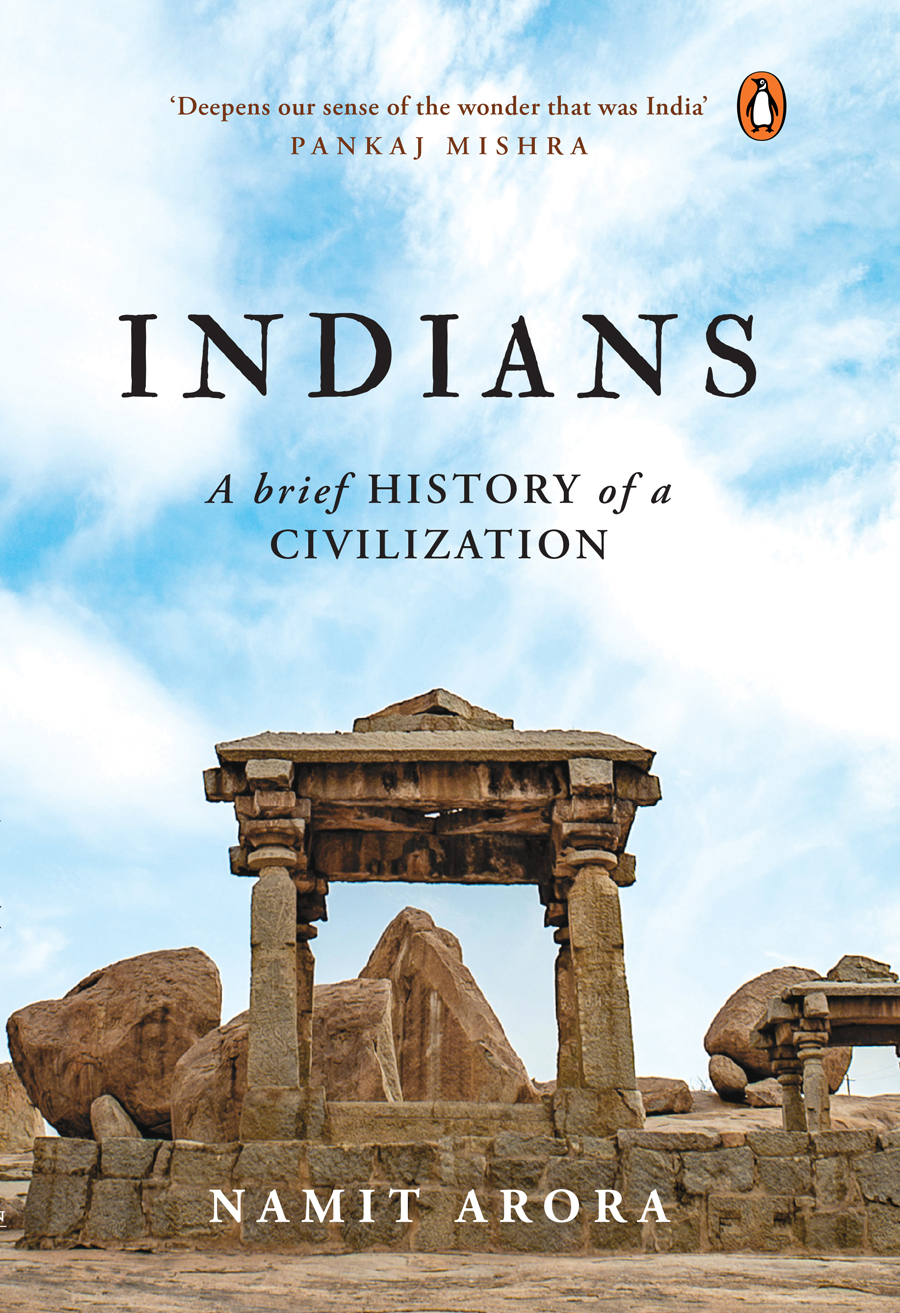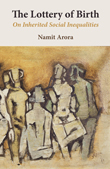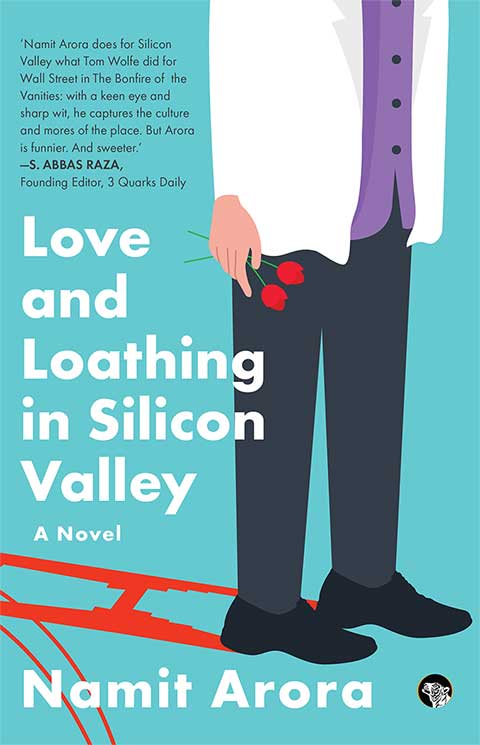| Index of articles from the Blog |
| Animals |
| Anthropology & Archaeology |
| Art & Cinema |
| Biography |
| Books & Authors |
| Culture |
| Economics |
| Environment |
| Fiction & Poetry |
| History |
| Humor |
| Justice |
| Philosophy |
| Photography |
| Politics |
| Religion |
| Science |
| Travel |
Books by
Books by
|
By Namit Arora | May 2019 | Comments
|
What Modi’s victory says about today’s India. (An op-ed published in Himal Southasian, where it has received many comments.)
I entered Assi Ghat with a numbing sadness. Was this really Kashi, among the oldest continuously inhabited cities of the world, known for its religious pluralism and massive density of gods, creeds and houses of worship, with its long history of largely peaceful coexistence? The Kashi of the Buddha, Adi Shankara, Kabir, Ravidas and Nanak? The Kashi of shehnai maestro Bismillah Khan, who lived in its tangled gullies and regularly played during the aarti in Balaji temple, or of Hindustani vocalist Girija Devi, whose family kept mannats on Muharram? What still remains of its famed Ganga-Jamuna tehzeeb? No, I consoled myself, my auto driver was not the norm in Varanasi, but he did herald certain fundamental changes now sweeping the country. § On the campaign trail in 2014, Modi spoke about vikas and an ambitious model of economic development. Modi and his party also had a cultural agenda, but he didn’t make it central to his campaign. He promised a hundred new cities, modern infrastructure, crores of jobs, big reforms, black money recovery and a new era of world-class manufacturing alongside a program of skill development for Indian workers. “Development” was then the perfect sales pitch, using which Modi slyly recast himself into a vikas purush, or development man. Many liberals too went along, ignoring his role in the 2002 anti-Muslim pogrom in Gujarat, hoping that he would be a disciplined and pragmatic manager of the economy, deliver on campaign promises, advance science and knowledge and downplay political Hinduism, aka Hindutva, the party’s divisive Hindu nationalist ideology.
Five years later, barring qualified progress in some areas – toilets, roads, renewable energy, cooking gas – Modi’s promise of vikas has turned out empty. Even governments we rate below-average have arguably delivered similarly spotty progress, as in the preceding UPA regime. Make in India, Skill India, and Digital India mostly remain slogans. Demonetisation showed the gaping idiocy and dangerous autocracy in Modi’s decision-making, which callously overruled the advice from experts that only a miniscule amount of black money was in cash. Far from raising India’s prestige and soft power in the world, the press in Europe and North America mostly brackets him and his movement with dubious figures like Trump, Putin, Ergodan, and Bolsonaro. Modi has said the climate is not changing, our tolerance for the weather is. He also holds asinine views about ancient Hindu feats in genetic science and cosmetic surgery. Despite a historic windfall from low oil prices, he now presides over a deepening farm crisis, an economic slowdown, and the highest unemployment in 45 years. Vikas? In 2014, Modi ran on a platform of vikas but mostly delivered Hindutva. In 2019, he ran on a platform of Hindutva, with little talk of vikas, smart cities, beti bachao, black money, or Skill India. In 2019, Modi wore his religion on his sleeve. He and his party incited fear of the ‘other’ and made dog whistles and thinly veiled threats of violence and genocide. He gave Lok Sabha tickets to noted communal bigots of the RSS, including one who calls Godse a patriot. So what can we rationally expect from Modi this time? Even less vikas, I think, when the mandate is significantly for Hindutva, paving the way for the far right’s dream of a Hindu Rashtra, a state legally conceived not as secular but a Hindu polity and whose structures and institutions are based on the forms and priorities of Hindu culture and religion. §
Other social changes are feeding the beast too. Upper-caste Hindus have been the most reliable vote bank for the BJP, but the Hindu rightwing has long emphasised a Hindu identity over caste identity to lure more Dalits and OBCs into the Hindutva fold, crucial for their electoral maths. This is working out all too well. A weaponised Hindu identity increasingly trumps caste identity. Results from Uttar Pradesh and Bihar show that a consolidated Hindutva vote bank is steadily replacing the fragmented vote banks of caste. In Varanasi, I met men of Dom and Mallah castes who subscribe to Hindutva. The Sangh Parivar has extended Hindutva deeper and wider ever since they began offering useful social services to people in the early 1990s. These services became their vehicle for massive organized indoctrination in rural and small-town India, against which the left-liberals have no antidote. Consequently, too many people are now high on the social virus of Hindu nationalism and anti-Muslim passions – this is the new India. A very disturbing change I’ve seen in the last five years is the impunity with which so many ordinary Hindus, including my friends, relatives and neighbors, now spew venom against Muslims as a group and feel no shame at all. It even seems to add meaning and intensity to their lives. They decry secularism as a depleted idea and long for a strongman to crush the ‘sickulars’, who they falsely allege have been ‘appeasing’ Muslims, a group that now has some of the worst socioeconomic indicators. They entrust the economy only to those who parade their love for the nation by chanting crude slogans and demand the same from others. A significant section of Indian professionals too – engineers, doctors, MBAs – display an uncritical adoration of Modi and his authoritarian instincts. Unlike Trump supporters in the US, the rot in India especially pervades the most educated classes and the youth. This makes the Indian situation more tragic and despairing, starkly exposing the flaws of a pedagogy that relies on rote learning and makes no time for even basic liberal education or the cultivation of civic sense and critical thinking, which might help safeguard democracy. These folks – suckers for absurd rumors and conspiracy theories about Muslims – now openly air their bigotry and willful ignorance even on social media, while discussing “the Muslim problem” and their “rapid breeding”. This sectarian poison has spread too far and it’ll take a terrible human toll in the years ahead.
During the voting season, I’d predicted that BJP’s decision to lead with Hindutva and its cynical post-Pulwama airstrikes would be a winning strategy. It more than offset their failures on the economy — a trick that countless demagogues have tried. Stated differently, the BJP’s actual performance on the economy became irrelevant against the joys and psychic highs of Hindu pride and nationalism, which the BJP stoked, playing the people like a fiddle. The BJP turned hate and anger into an animating, intoxicating and rallying force — risking the unleashing of even darker forces that, in time, they may not be able to control. Among other big contributors to the BJP victory were a brazenly partisan media that stumps for Modi and cultivates support for authoritarian rule; high octane propaganda on social media; and a hopelessly divided political opposition, who undercut each other’s votes in India’s first-past-the-post system. Many have noted the parallels between India’s collective madness of xenophobic religious nationalism and trends in Brazil, the US, Turkey, etc. But these countries differ too and each will need to find its own modes of resistance and reform. A new age now begins in India, of bigots like that auto driver in Varanasi, who are joined by white-collar bigots in my school and college WhatsApp groups. Together with their supreme leader, they’ll go down the path of the chauvinist, the dolt, the bully, the fanatic, the fascist — an India where dissent is unwelcome, diversity is suspect, and the life of the mind is a threat to the republic. A new reality dawns, in which the barbarians are no longer at the gates, but are emerging vertically, as if from the trapdoors, all around us in our streets, homes, offices. For many Indian citizens, this is the time to take stock, regroup, and prepare for a whole new battle for the soul of their society. |
Designed in collaboration with Vitalect, Inc. All rights reserved. |
|








